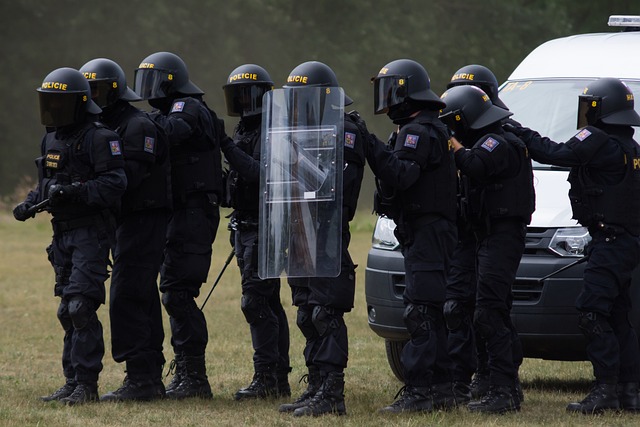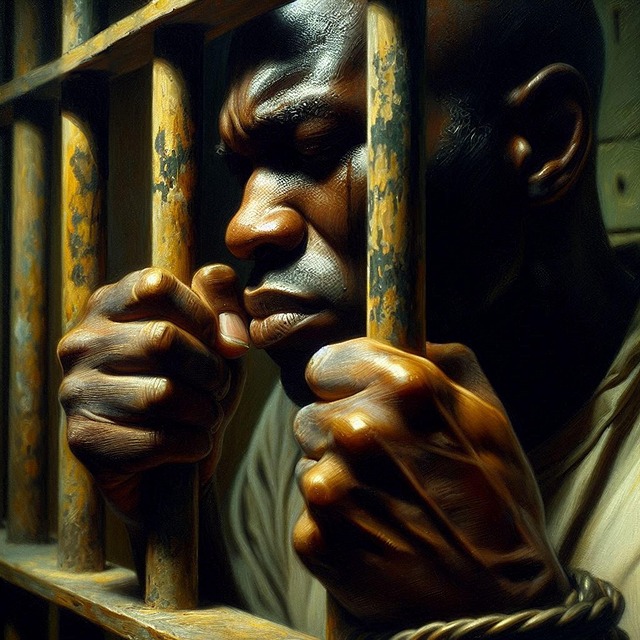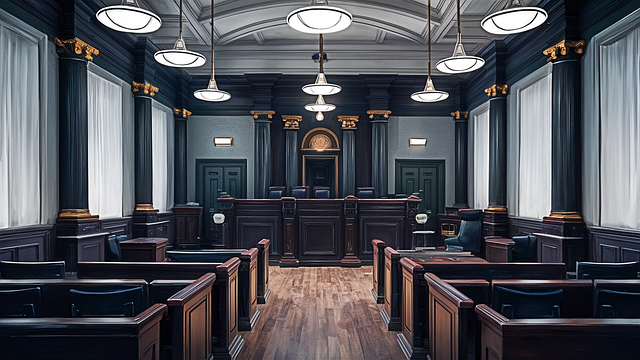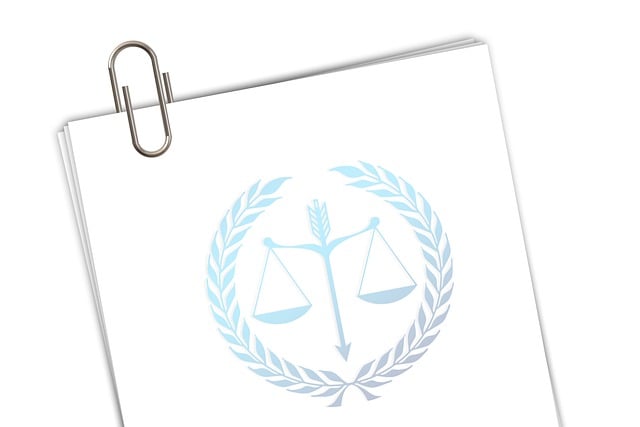Environmental Crime Trials are legal processes focused on enforcing and understanding environmental protection regulations, holding individuals or corporations accountable for ecosystem damage. These trials prioritize public interest over individual gain, with a strong track record of accountability. The key to these cases lies in understanding regulatory law and navigating litigation stages, from initial investigations and pre-litigation negotiations to evidence presentation, trial, and potential appeals. Scientific reports, environmental samples, and expert witness testimonies are crucial elements in establishing guilt. Global trends show increasing penalties, international collaboration, and public awareness, signaling a more unified global approach to environmental crimes.
Environmental Crime Trials: Holding Perpetrators Accountable for Ecological Damage. This article delves into the complex world of environmental law, focusing on understanding regulatory crime trials—unraveling the legal framework that brings polluters to justice. We explore the key evidence and legal arguments in these cases, dissecting the global perspectives and future trends shaping environmental justice litigation. By examining the stages of regulatory law litigation, readers gain a comprehensive grasp of this vital process for holding offenders accountable and promoting ecological stewardship.
- Defining Environmental Crime Trials: Unraveling the Legal Framework
- The Stages of Regulatory Law Litigation: A Step-by-Step Guide
- Key Evidence and Legal Arguments in Environmental Crime Cases
- Global Perspectives and Future Trends in Environmental Justice Litigation
Defining Environmental Crime Trials: Unraveling the Legal Framework

Environmental Crime Trials are legal battles centered on understanding and enforcing regulatory laws designed to protect our planet. These trials delve into cases where individuals or corporations have violated environmental protection statutes, resulting in significant harm to ecosystems, communities, and public health. By examining the intricate web of regulations, litigants uncover the legal framework that underpins these crimes, ensuring accountability and deterring future violations.
The understanding of regulatory law is crucial throughout the litigation stages. From filing charges to presenting evidence, each step requires a deep knowledge of environmental laws. These trials often involve complex scientific data interpretation and expert testimonies, showcasing an unprecedented track record of holding offenders accountable. Moreover, they spark awareness within philanthropic and political communities, emphasizing the significance of environmental justice and driving changes in corporate practices, thereby fostering a more sustainable future. In contrast to white-collar defense strategies, environmental crime cases prioritize public interest over individual gain, ensuring that those who pollute are held to the highest legal standards.
The Stages of Regulatory Law Litigation: A Step-by-Step Guide

Understanding Regulatory Law Litigation Stages is key to navigating complex environmental cases. The process typically begins with a comprehensive investigation by regulatory bodies, who gather evidence and assess potential violations. This initial phase is crucial for building a robust case, as it involves meticulous documentation and fact-finding. Once triggered, legal proceedings follow a structured path:
1. Pre-Litigation: This stage includes negotiations, settlement discussions, and administrative remedies. Companies may opt for internal investigations or cooperate with regulatory agencies to resolve issues before formal litigation.
2. Filing Complaint/Petition: Legal teams craft detailed documents outlining the environmental violations, their impact, and proposed solutions. These are filed with the respective court or regulatory body, setting in motion the official legal process.
3. Discovery & Evidence Collection: Attorneys from both sides exchange information and gather evidence, including documents, witness statements, and expert opinions. This phase demands meticulous organization and strategic planning to uncover key facts and potential weaknesses in the case.
4. Trial/Hearing: The heart of the litigation, where arguments are presented, witnesses testify, and evidence is scrutinized. Skilled legal teams build compelling narratives, challenging the opposing side’s arguments while presenting a strong defense for their respective business.
5. Judgment & Appeals (if necessary): After deliberations, the judge issues a verdict. Losing parties may appeal, leading to further legal battles, which can have significant implications for winning challenging defense verdicts and shaping philanthropic and political communities’ responses to environmental crimes.
Key Evidence and Legal Arguments in Environmental Crime Cases

In Environmental Crime Trials, understanding the key evidence and legal arguments is paramount to navigating the complex landscape of regulatory law. Key pieces of evidence often include scientific reports, environmental samples, and expert witness testimonies that demonstrate harm or violations of environmental protection standards. These can be crucial in establishing liability, as they provide tangible links between alleged perpetrators and the specific environmental crimes committed.
The litigation stages of these cases are meticulously structured to ensure a thorough investigation and fair adjudication. Each stage, from pre-trial investigations to sentencing, involves meticulous legal arguments centered around interpretations of relevant laws and regulations. This process leverages both hard evidence and expert opinions to hold accountable those responsible for white collar and economic crimes that impact our environment. Furthermore, the involvement of respective business, philanthropic, and political communities plays a significant role in shaping legal strategies, ensuring that environmental protections are not only upheld but also strengthened through these landmark trials.
Global Perspectives and Future Trends in Environmental Justice Litigation

The global landscape of environmental justice litigation is evolving, with a growing trend towards more severe penalties and increased international cooperation. As awareness of ecological issues intensifies, so does the scrutiny of corporations and individuals who contribute to environmental degradation. Understanding regulatory law plays a pivotal role in these trials, as it helps identify responsible parties and sets the framework for justice. By examining the various stages of litigation, from investigation to sentencing, legal professionals can navigate complex cases effectively.
Future trends suggest a more unified approach to environmental crime across borders, ensuring that perpetrators, regardless of their location, face consequences. This shift is particularly notable in regions where environmental regulations are stringent, and public awareness is high. For his clients, this means heightened vigilance to avoid indictment, as legal teams must now consider global precedents and adapt strategies accordingly. The fight for environmental justice is not just a local concern but a comprehensive, international effort to protect our planet.
Environmental crime trials play a pivotal role in upholding environmental justice, requiring a comprehensive understanding of both environmental laws and regulatory litigation processes. By navigating the defined stages of regulatory law litigation, from evidence collection to legal arguments, prosecutors can effectively hold perpetrators accountable for their actions. As global perspectives on environmental justice continue to evolve, staying informed about emerging trends in litigation will be crucial for ensuring the protection and preservation of our planet’s resources for future generations.






